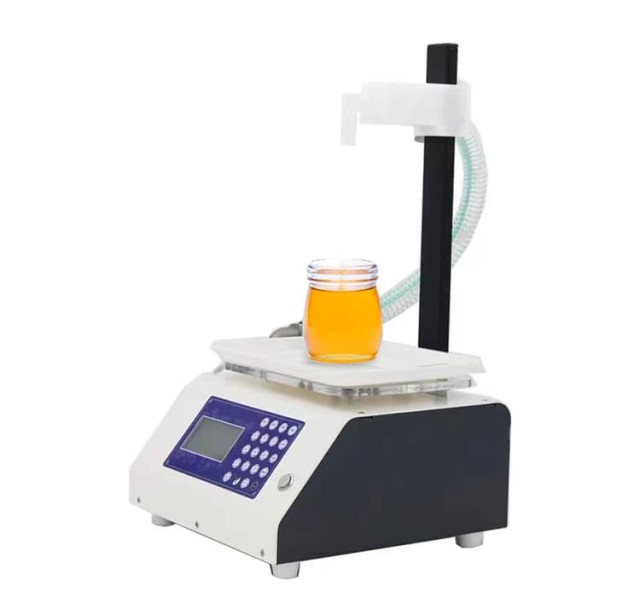The average worker bee collects about 1/12th teaspoon of honey in her lifetime. In one day, a worker bee may visit as many as 100 flowers. During collection, bees add enzymes to the nectar that begin the process of converting it into honey. Once the nectar is collected, it is placed into wax honeycomb cells within the beehive where evaporation occurs.
A great number of worker bees are necessary; no single honeybee can produce honey without the other members of the team. Each bee has a specific task to complete in the hive, and they work together to ensure the survival of the hive. The worker bees are the ones who go out and collect nectar from the flowers, and they bring it back to the hive where they turn it into honey.
By the time these enzymes are done with the nectar, it is about 80% honey and 20% water. Then, the bees suck the honey-water mixture back into their mouths and store it in a special stomach. When the bees return to the hive, they deliver the honey-water mixture to the honey stomach bees. The honey stomach bees have a special stomach that can store the honey-water mixture until it is time to be regurgitated and put into the honeycomb. Once the honey-water mixture is in the honeycomb, the bees fan their wings over the honeycomb to help evaporate the water. Once the water has evaporated, the honey is ready to be eaten!

The worker bees that chew up nectar from flowers spit it back into the honeycombs. By doing this, they help to diffuse the substance and also add enzymes that help to break down the complex sugars into simpler ones. This process also helps to evaporate some of the water content in the honey, making it less watery. To further help with the evaporation process, other bees will fan the honeycombs with their wings.
After the honey production has finished, other bees are responsible for sealing the cells of the honeycombs with wax. This protects the honey from outside elements and keeps it fresh. The bees work diligently to make sure that each cell is properly sealed so that the honey is preserved.
However, humans have been taking these products from bees for their own use for thousands of years.Bees play an important role in the ecosystem by pollinating plants and producing honey, royal jelly, propolis, and other products. Humans have been taking these products from bees for their own use for thousands of years. Beekeeping is a practice that dates back to ancient times, and today, honey and other bee products are widely available in supermarkets. While bee populations are declining worldwide, the demand for bee products remains high, making beekeeping a lucrative business.
Bees are able to survive by eating honey during winter and other periods when pollen is not available. This is because honey provides them with the necessary nutrients and energy to stay alive. Additionally, bees are able to store honey in their hive, which allows them to have a consistent food source even when pollen is scarce.
When beekeepers harvest honey, they actually "steal" a portion of the bees' emergency stock. This store of honey is vital to the bees, as it provides them with the food they need to survive during difficult times. By taking this honey, the beekeepers are putting the bees at risk.
Bees are an essential part of our ecosystem, and their population is in decline. If we want to ensure that bees continue to thrive, we need to harvest their honey responsibly. By taking only what we need and leaving some for the bees, we can help them to continue their lifecycle without further problems.
Some Useful Bee Kits
Honey Bucket Heater, Bee Blanket, Honey Blanket, Honey Bucket Warmer
There is 50L crystalline honey in the barrel.It melted in 16 hours (the melting time varies according to the type of honey, the surrounding temperature and environment), stirring once every hour can speed up the honey melting.

Portable Automatic Honey Filling Machine
This machine is designed for automatic filling of honey into containers of various shapes and sizes. The filling process is controlled by a PLC, and the machine is equipped with a weight sensor to ensure accurate filling. This machine is easy to operate and maintain, and is ideal for use in the food processing industry.

